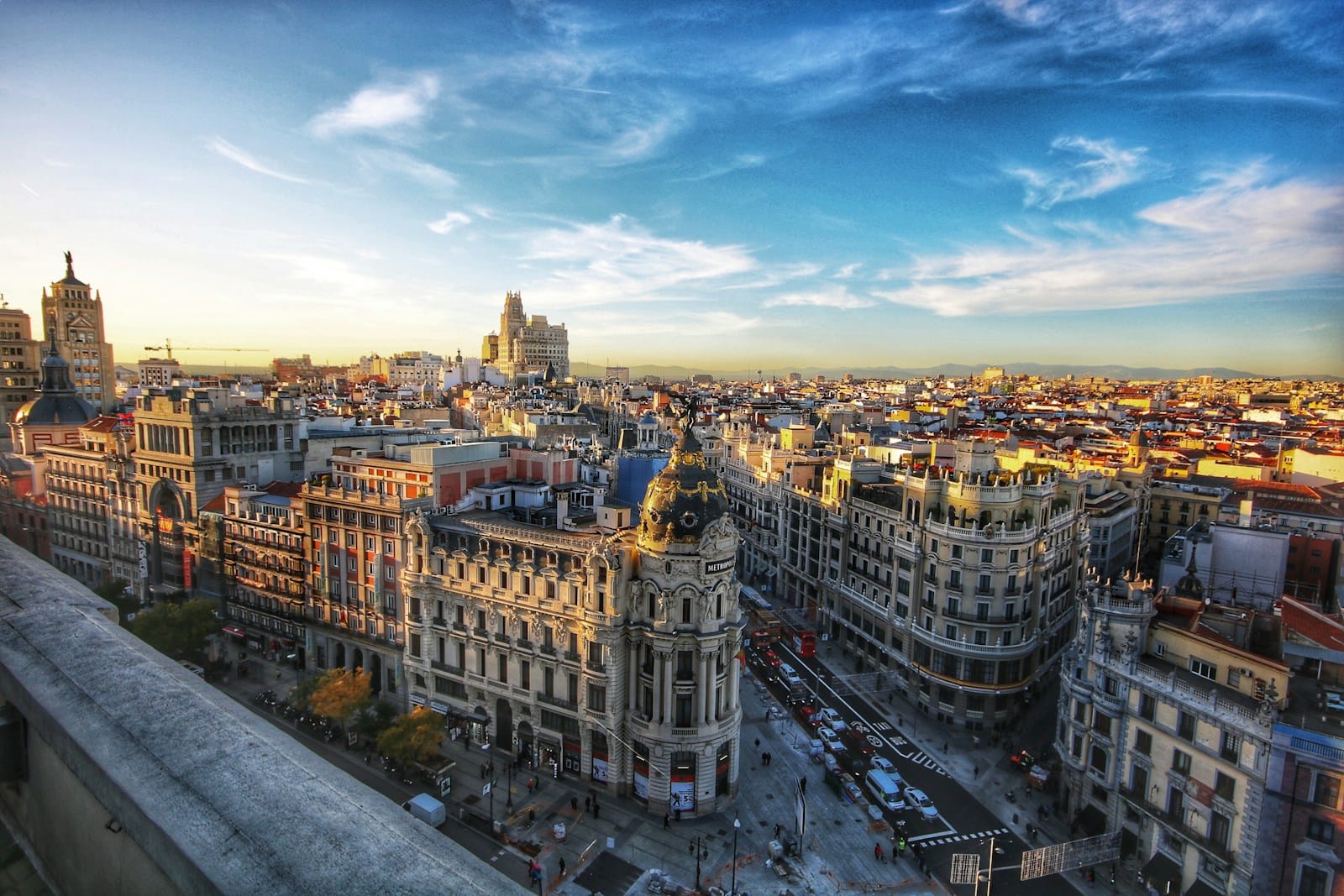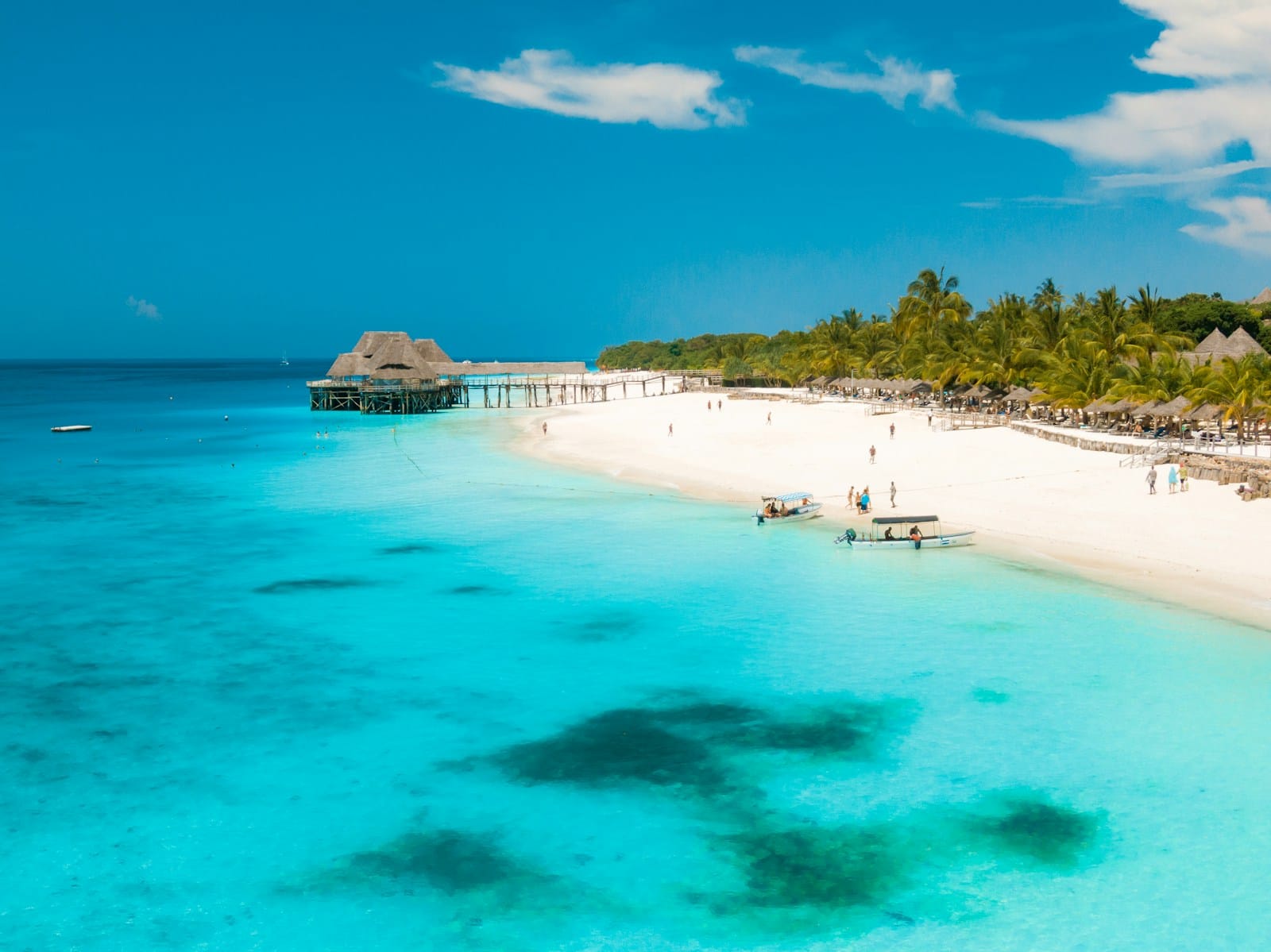Best Time to Travel Guide: When to Plan Your Next Adventure
Intro to Best Time to Travel
Timing is everything in travel. The season you choose can transform your trip from stressful to seamless, from overpriced to affordable, from rushed to relaxed. Whether you’re chasing sunshine on the coast, avoiding crowds at famous landmarks, or aligning your journey with cultural festivals, understanding the best time to travel is one of the smartest decisions you can make. Let’s break it down step by step.
Why the Best Time to Travel Matters for Travelers
Travel timing is not only about weather—it’s about costs, crowds, culture, and safety.
- Maximize value: Traveling in shoulder or off-seasons often brings cheaper flights, hotel deals, and discounts at attractions.
- Enhance experience: Visiting when crowds are smaller lets you enjoy destinations at a slower, more authentic pace.
- Avoid risks: Choosing the right season helps you sidestep natural hazards such as hurricanes, monsoons, or extreme heat.
- Cultural immersion: Aligning your trip with festivals or local events creates deeper, more memorable experiences.
In short, the “best time” is about finding balance—between your budget, your interests, and the realities of your chosen destination.
Common Mistakes About the Best Time to Travel
Assuming High Season Equals Best Experience
Many travelers think peak season guarantees the ideal trip. While weather may be perfect, crowds and prices often overshadow the benefits.
Ignoring Local Holidays and Festivals
Arriving during a major holiday can either be magical or frustrating. Expect packed trains during Lunar New Year in Asia, or closed shops during European Easter weekends.
Overlooking Weather Extremes
Some regions experience harsh rainy seasons or unbearable heat. For example, traveling to Southeast Asia during peak monsoon may limit your plans.
Relying Only on Averages
Guidebooks often quote “average” temperatures and rainfall, but extremes are becoming more common due to climate change. Always cross-check with real-time resources.
Forgetting Daylight Hours
A destination’s magic often depends on daylight. Scandinavian summers offer endless light, while winters may have just a few hours of sun.
A Traveler’s Guide to Choosing the Best Time Step by Step
Step 1: Define Your Priorities
Ask yourself: Do you value weather, cost, fewer crowds, or cultural events most? Knowing this helps filter options.
Step 2: Research Seasons Thoroughly
Understand high, shoulder, and low seasons for your destination. High season typically aligns with the best weather; shoulder seasons provide balance; low season can be rewarding but comes with trade-offs.
Step 3: Consider Festivals and Events
Research local calendars. Experiencing Carnival in Brazil, Cherry Blossom season in Japan, or Oktoberfest in Germany can be unforgettable. Check dates early—these events often book up a year in advance.
Step 4: Factor in Costs
Flights and accommodation costs can vary dramatically depending on season. Use flight comparison tools and check cost-of-living indexes like Numbeo to plan realistically.
Step 5: Align with Your Own Schedule
Sometimes the best time isn’t just about the destination—it’s about your flexibility. Traveling during school holidays, for example, usually means higher prices and bigger crowds.
Must-Have Resources for Travelers Planning by Season
- U.S. State Department Travel Advisories: Safety updates by country, including health and political events that may affect timing.
- UK FCDO Travel Advice: Destination-specific information for UK travelers.
- Numbeo: Real-time cost-of-living comparisons.
- Weather Underground: Historic climate data and seasonal weather patterns.
- UNESCO World Heritage Events: Cultural calendars linked to historic sites.
Seasonal Advice for Choosing the Best Time
Spring (March–May)
Spring is ideal in many destinations. Europe blooms with wildflowers, Japan celebrates cherry blossoms, and U.S. national parks offer mild weather before summer crowds. Watch for rain showers in places like Paris or New York.
Summer (June–August)
Summer brings long days and warm weather, but also high costs and heavy crowds in popular spots like Italy or Greece. In tropical regions, this may also mean hurricane or monsoon season—check local forecasts carefully.
Fall (September–November)
Fall offers crisp weather, harvest festivals, and fewer crowds. It’s an excellent season for wine regions (France, California, Chile) and cultural trips. Expect unpredictable storms in coastal destinations.
Winter (December–February)
Winter delivers holiday markets in Europe, ski trips in the Alps, and tropical escapes in Southeast Asia. Downsides include high prices during Christmas and New Year. Northern destinations may face limited daylight hours.
Real-World Examples of Best Time Choices
- Japan: Spring for cherry blossoms or fall for colorful leaves; avoid August’s humidity and peak domestic travel.
- Iceland: Summer for road trips and midnight sun, winter for Northern Lights. Each season offers unique but contrasting experiences.
- Thailand: November to February for cool, dry weather. April brings the Songkran Festival, but also extreme heat.
- Peru: May to September for Machu Picchu hikes with clear skies; the rainy season makes trails slippery.
Best Alternatives to Peak Season Travel
If you can’t travel during the “ideal” window, there are smart alternatives.
- Shoulder Seasons: Late spring and early fall often balance good weather with fewer tourists.
- Regional Swaps: If Italy is packed in August, try Croatia or Slovenia for similar coastlines.
- Offbeat Destinations: While Paris peaks in summer, Eastern European capitals like Budapest or Kraków may offer better value.
Plan Smarter, Travel Better
Hacks for choosing the right time:
- Use fare-tracking apps to watch for off-season deals.
- Search for “hidden seasons”—like early December in Europe, where festive lights shine but crowds haven’t peaked.
- Always check daylight hours; destinations feel different when the sun sets at 3 PM versus 9 PM.
- Review government advisories before booking to avoid political unrest or natural disaster seasons.
Choose Your Next Adventure
- Paris, France: Visit in April or October for lighter crowds, pleasant weather, and cultural events.
- Costa Rica: Dry season from December to April offers sunny beaches and accessible jungle trails.
- South Africa: May to September is safari season, when animals gather around waterholes.
- New Zealand: November to March brings outdoor adventure, though shoulder seasons (Oct/Apr) give more solitude.
Final Tips for Travelers Choosing the Best Time
- Balance Weather and Budget: Sometimes slightly less-than-perfect weather saves hundreds in costs.
- Avoid Peak Holidays: Global holidays inflate prices—plan around them.
- Stay Flexible: Adjusting travel by even a few days can make a difference in both price and experience.
- Check Seasonal Hazards: From hurricanes in the Caribbean to smog in big Asian cities, every season has quirks.
- Think Long-Term: The “best time” might be when you can explore with less stress, not just ideal conditions.
Still Planning? Explore These Helpful Guides
- Carry-On Packing Guide
- How to Travel Light Guide
- Travel Tips Guide to Save Money
- Travel Insurance Guide
It’s Time to Experience Smarter Travel
The best time to travel is not one-size-fits-all. It’s the moment when your goals, your budget, and the destination’s rhythm align. Whether that means cherry blossoms in Tokyo, wine harvest in Bordeaux, or empty trails in Patagonia, choosing the right season unlocks a richer journey. Travel smart, plan ahead, and let timing work in your favor.










